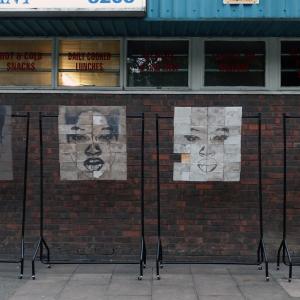
Bleach Me Project: ceramic tile murals
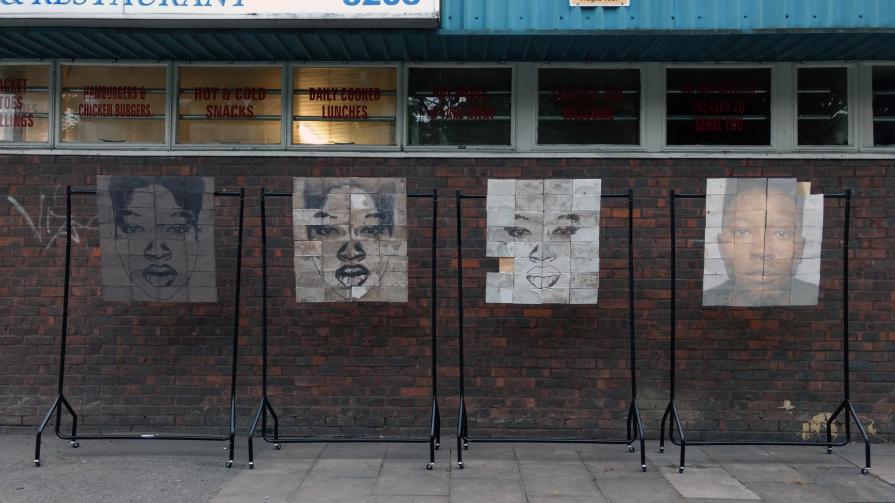
These are the four ceramic tile murals described in the statement. They show portrait of a Western African person slowly fading and disappearing into the white background. The last mural is plain white tiled wall on which the video with sound is projected. In the video the still face from the murals comes alive and tells the story in a poem - performed by the poet. The murals hang on the mobile hangers on wheels so they can be brought to alternative spaces, however the murals can be hanged directly on the walls.
Bleach Me Project
This project, ‘Bleach Me’, combines four large ceramic tile murals, audio-visual projection and poetry. It is a collaboration between Ceramicist- Lenka Kalafutova, who conceptualized the original idea and created the tile murals, Poet & Lyricist- Adae, who wrote and performed the poem in the video and Graphic Designer- Dusan Kacan, who we worked with to create the sound and video for the project.
The initial idea for the project stemmed from a casual conversation at work between Adae and I. What was interesting was how little we knew of each other’s lived experiences, even though our very existences as queer people challenged the status quo in both of our native countries. General education in Slovakia was never focused on colonial history let alone challenging Western versions of African history. Combined with the fact that very few Black/African people actually passed through Slovakia until recently, this meant I had very little context for Anti- Black Racism outside of western television; which was why the concept of skin bleaching was such a surprising one
At the time I was working with black clay that I’d treated with white underglaze to achieve different colour tones. The associations between the black clay with skin and white underglaze with bleaching products quickly became clear and after much research, the project began to take shape. I created four large ceramic tile murals that work as a story that depicts the bleaching process. The murals show a portrait of a West African person and the viewer watches the face slowly disappear into a white background. In the last mural the stencilled portrait is replaced with an audio-visual projection in which the poet makes the mural comes alive.
The sound for the video was made by deconstructing the voice of the poet performing the poem and by breaking the poem down into words and rhymes.
The poem is also imprinted on ceramic tiles that visitors can take home.
The four murals are purposefully hung on rolling structures for accessibility reasons. We do not want to be limited by ‘typical’ art spaces and want to be able to bring the project to people.
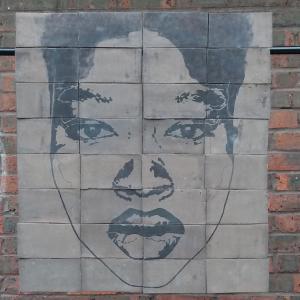
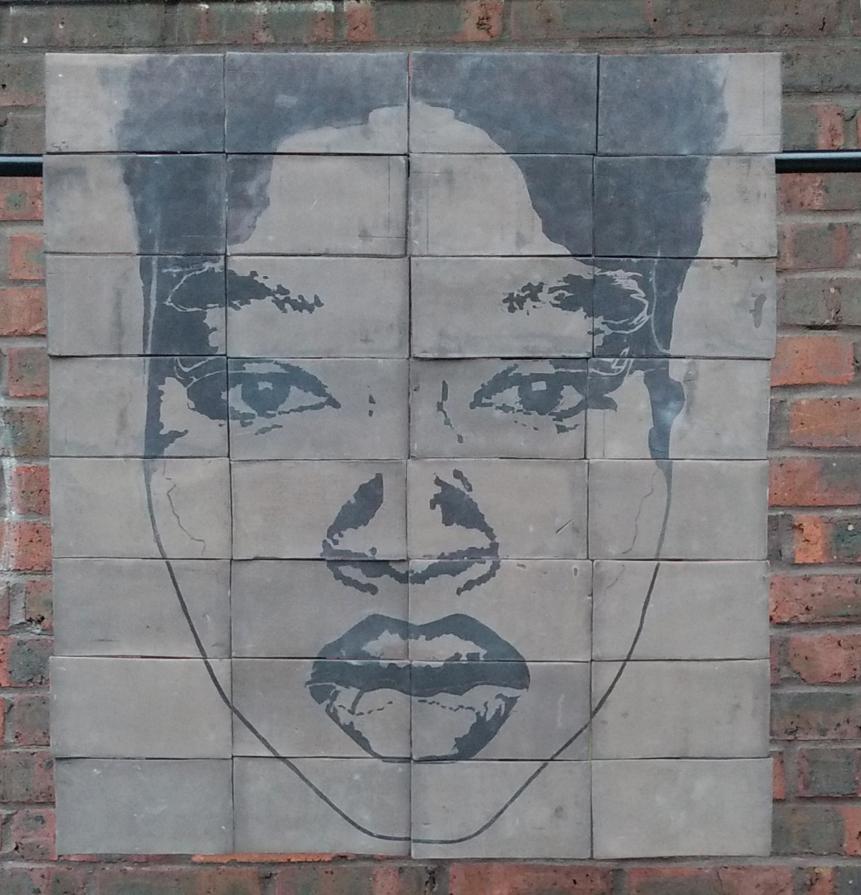

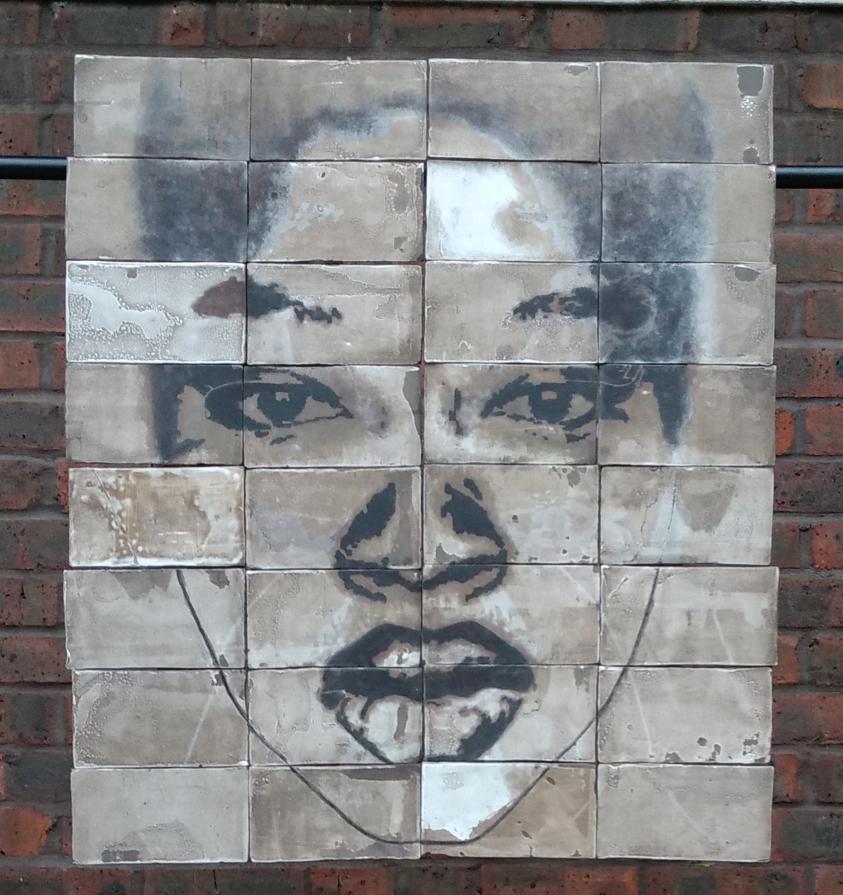

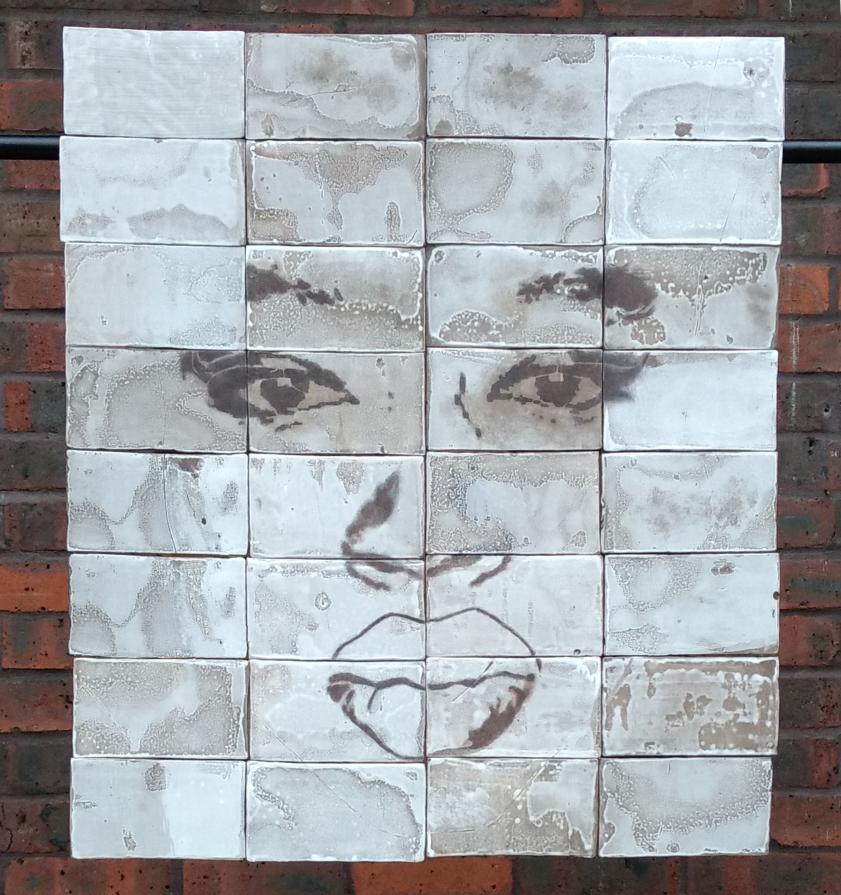

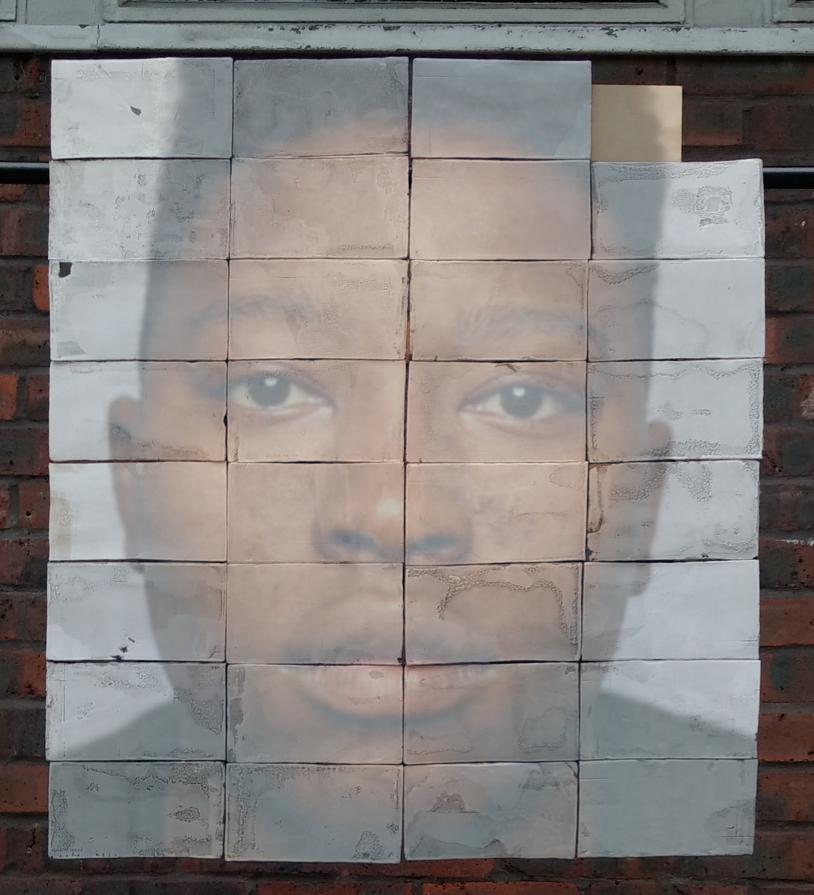












Comments 0
Say something